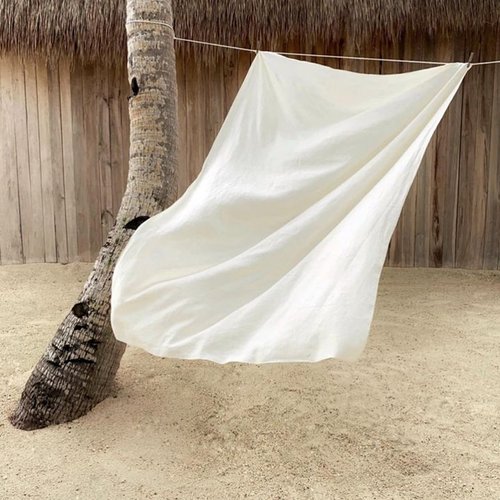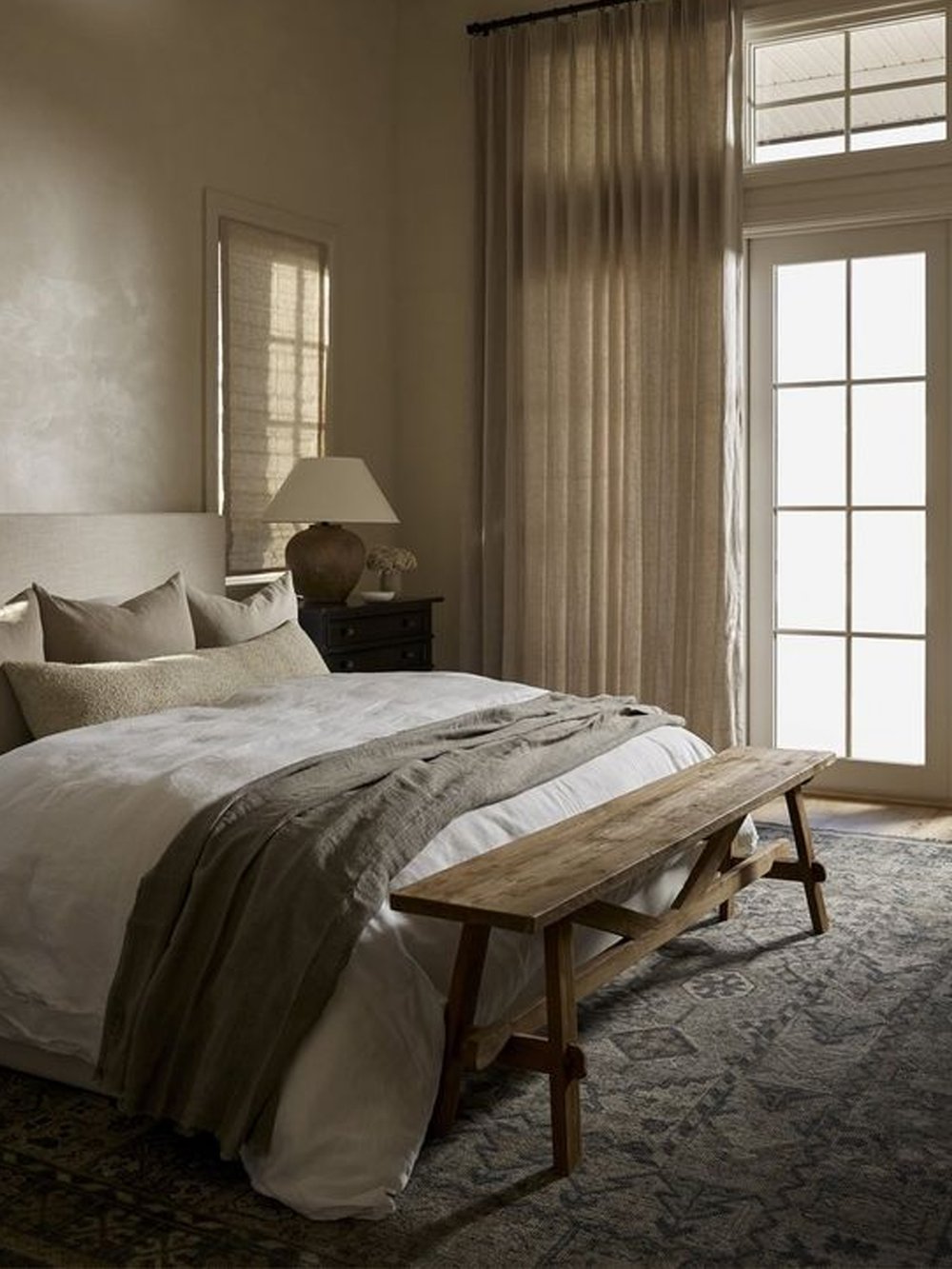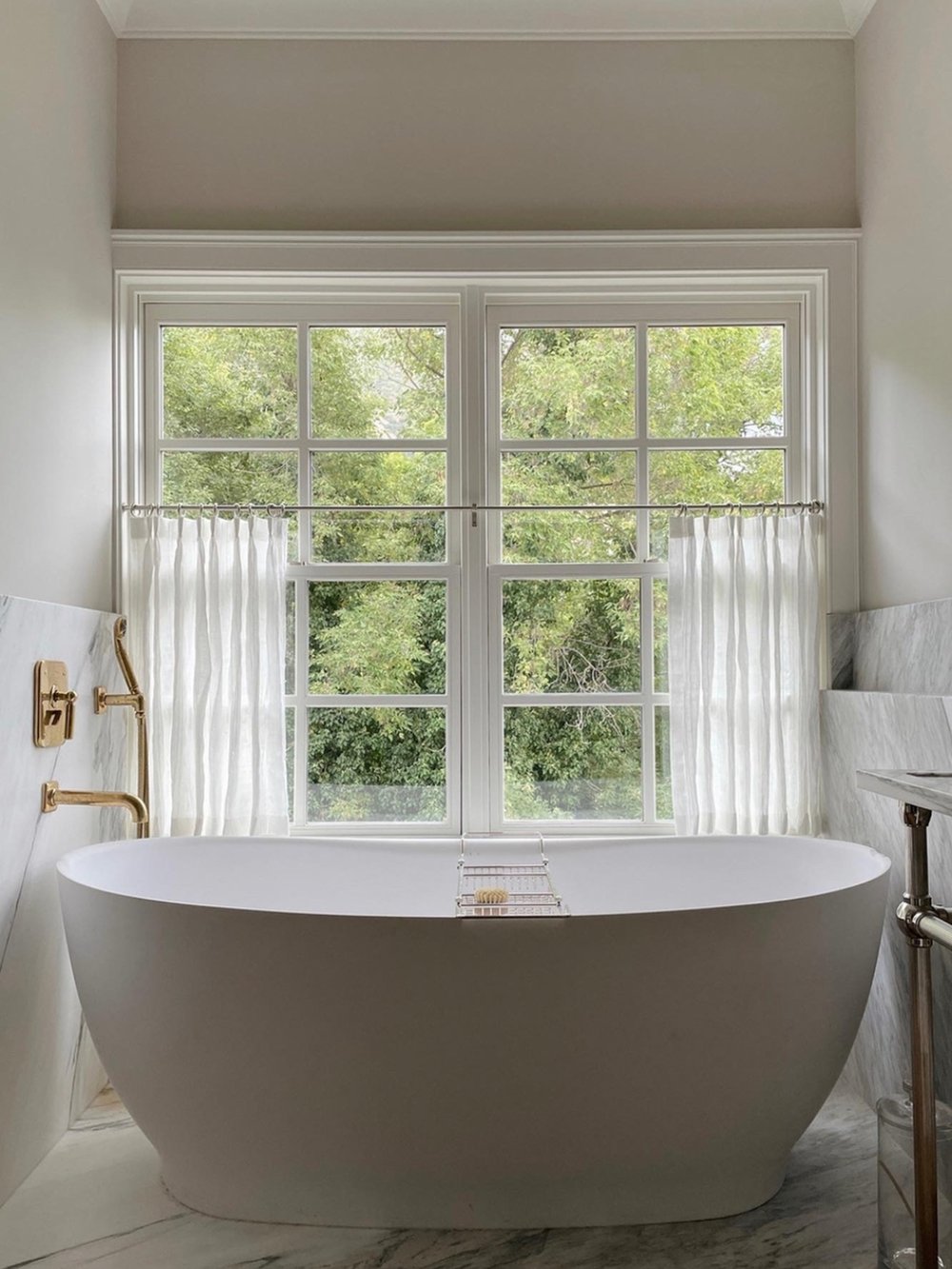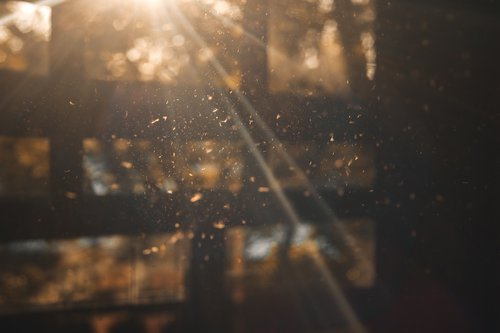
5 min read
The Fresh Air Illusion
Spring cleaning should refresh, not pollute. Here’s what you need to know about some of the products in your home.

5 min read
The renewal of seasons offers the perfect opportunity to deep clean our living spaces; to eliminate the dirt and debris we can see but, even more importantly, the invisible pollutants we can't.
Spring is here and as many windows have been closed for months it’s the time to open them and let in the fresh air. As the sun shines brighter and for longer, it illuminates even the most minor details; the new blooms, emerging pollinators – and the dust bunnies on windowsills hiding in the shadows. With the advent of modern cleaning supplies, replete with artificial scents and unpronounceable chemical compounds, we’ve been told to wipe it off and move on. However, we must also focus on identifying and removing bad actors in our homes rather than just covering up their results. Our air quality and therefore health, depend on it.
Cleaner air in your home means addressing the army of invisible assailants that thrive indoors under the right conditions. Poor indoor air quality (IAQ) has been tied to symptoms like headaches, fatigue, brain fog and irritation of the eyes, nose, throat and lungs. The World Health Organization (WHO) notes that poor IAQ has been correlated to asthma, stroke, ischaemic heart disease, chronic obstructive pulmonary disease (COPD) and lung cancer. From a mental health perspective, findings link poor IAQ not only to respiratory conditions but also to mental health issues like anxiety and depression. Researchers have also highlighted the impact of Volatile Organic Compounds (VOCs) from furniture and paints which can linger in indoor spaces for months, exacerbating symptoms like brain fog and fatigue. Maintaining a clean, well-ventilated home is a crucial part of protecting your health.


Spring is the perfect time to go through cupboards and wardrobes, donating or repurposing items you no longer need and mending anything worth keeping. Reorganizing your space and removing unnecessary items can have a positive impact on your mental health, while also making your home a more calming place. Clutter can also trap dust, allergens and even mold, making regular decluttering an essential part of home maintenance. Paper, in particular, is highly susceptible to mold, so take time to dust off books, documents and storage boxes and consider using a dehumidifier in damp areas like home offices or attics.
Dusting and washing surfaces regularly helps maintain indoor air quality and prevent buildup in overlooked areas. Wipe down windows, sills and tracks to remove dust and grime that accumulate over time. Clean the tops of cabinets, door frames and light fixtures, as they collect dust that often goes unnoticed. Wash walls and baseboards periodically to remove dirt and stains. For furniture, use a damp cloth made from materials such as cotton or hemp which do not shed microplastics, to trap dust rather than spreading it into the air. Clean ceiling fan blades and air vents to ensure they are free of dust and allergens and, lastly, wipe down and clean light bulbs to maximize brightness and efficiency.
Textiles and upholstered furniture will collect dirt, dust and pollen, just like any other surface in the home. While you should give them a deep clean about twice a year, you may need to clean them more often if your home is prone to dust or odors. Spring is the perfect time to refresh fabrics – vacuum sofas and cushions regularly to stay on top of dust, food particles and allergens, and wash and steam clean drapery and rugs. Remove curtains carefully so as not to release contaminants in the air and take them outside for a soft brushing which will release dust and potential allergens. A short bath in sunlight will help air them out. Another option is to give them a soft brush and steam them for a deeper clean. When it comes to the bedroom, rotate or flip mattresses for even wear and vacuum them to remove dust mites. Switch out winter bedding for lighter options and clean storage bins for off-season linens.

We look to our vacuums as the ultimate ‘out of sight, out of mind’ tool throughout the seasons but when was the last time you cleaned yours? In a residential setting, the HEPA filter of your vacuum should be changed periodically to allow its full potential. Your vacuum should also be cleaned and the canister emptied and wiped down after every use. For quick dust removal, handcrafted brooms and dustpans, such as those created by Sunhouse Craft, offer an effective alternative. Dust, grease and food particles can also accumulate behind large appliances like fridges, freezers and ranges, affecting cleanliness, energy efficiency and even safety. At least twice a year, carefully pull appliances away from the wall, vacuum the dust from coils and vents and wipe down the surrounding surfaces. If your fridge has a condenser coil, cleaning it regularly helps maintain optimal performance and prevent breakdowns. Run a cleaning cycle or use vinegar to clean and deodorize washing machines and check hoses for wear. When it comes to your dishwasher, clean the filter and run a cleaning cycle with vinegar or specialized dishwasher cleaner.
Filtration on home ventilation systems helps remove or dilute indoor airborne pollutants coming from outdoor sources. Replace HEPA filters in your air purifier every 6 to 12 months, or even more frequently depending on usage and air quality. Kitchen extractor fan filters need routine cleaning to prevent grease buildup and fire hazards. Water filters – whether for whole-home systems, bathroom units or jugs – should be replaced as recommended to ensure clean, safe water. Beyond the primary water filters, don't forget to change refrigerator water filters as per the manufacturer’s guidelines. If you use a humidifier, clean and disinfect it regularly to prevent mold and bacteria growth. Lastly, probably one of the most important and often overlooked areas for spring cleaning goes unnoticed – air ducts and vents. Allergens and microparticles collect in our air ducts, allowing pulmonary pollutants to circulate unchecked. Professional duct cleaning is recommended every 3 to 5 years and weekly at-home maintenance can be done with the hose extension of your vacuum. More frequent cleaning may be needed in certain situations, such as homes with pets, allergy sufferers or those that have undergone recent renovations.
Don’t forget outdoor and storage areas. Clean patios, decks and outdoor furniture, and weed the garden to prepare for new planting. In the garage or storage spaces, organize tools, toys and equipment and safely dispose of any hazardous materials or items you no longer need.
Test smoke and carbon monoxide detectors and replace batteries to ensure they’re working properly. It’s also a good time to check your first aid kit, remove expired items and restock essential supplies so you’re prepared for any minor emergencies.


Feature Image: Okkijan/Adobe
Photography: Dunelm, Sunhouse Craft, Marti Sans/Adobe, Malissa Mabey, W Design Collective

5 min read
Spring cleaning should refresh, not pollute. Here’s what you need to know about some of the products in your home.

3 min read
In our investigation into dust, we consider practical strategies to minimize its impact and maximize indoor air quality to protect your health.